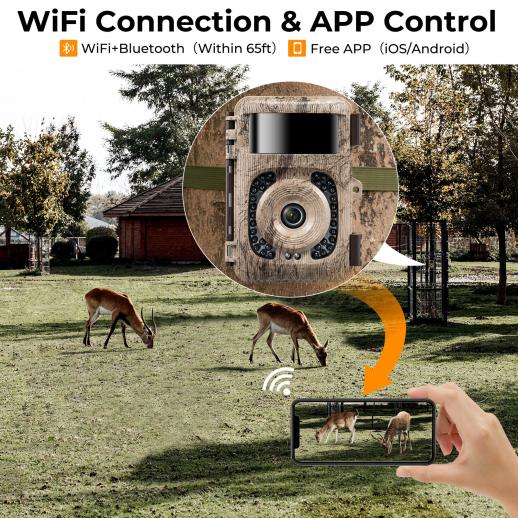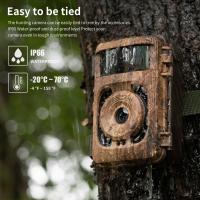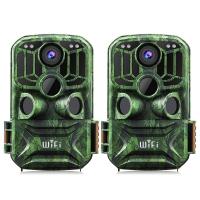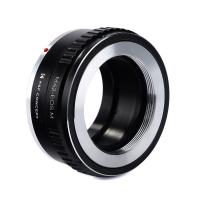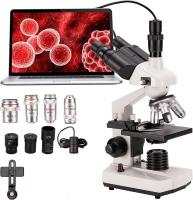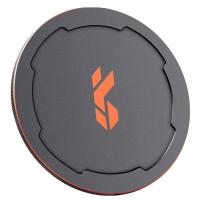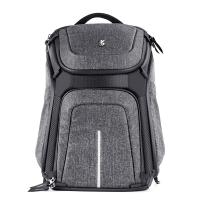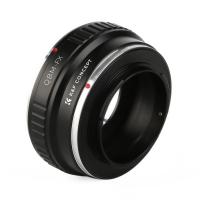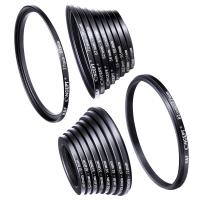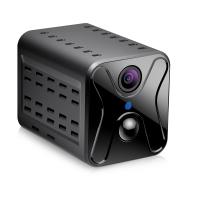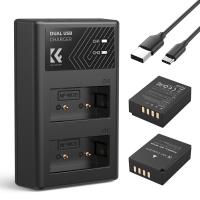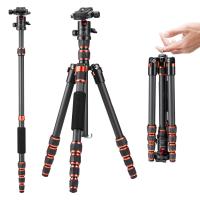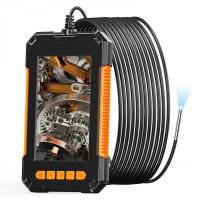Long Range Wireless Trail Camera
- 00 days
- :
- 08 hours
- :
- 52 min
- :
- 13 sec
- * KF35.133 =KF35.127S1=KF35.127V1+KF28.0011*2+KF42.0013 Long-range wireless transmission up to 20 meters:This trail camera can transmit images and videos wirelessly up to 20 meters away, making it easy to monitor wildlife activity from a distance.
- * Fast trigger speed of 0.2 seconds:With a trigger speed of just 0.2 seconds, this camera can capture even the fastest-moving wildlife, ensuring that you never miss a shot.
- * Wide PIR sensing angle of 120 degrees:The camera's wide PIR sensing angle of 120 degrees ensures that it can detect even the slightest movement, allowing you to capture more wildlife activity.
- * High-quality night vision up to 65ft/20m:Equipped with a powerful fill light, this camera can capture clear images and videos even in complete darkness, with a range of up to 65ft/20m.
- * Supports loop recording for continuous monitoring:The camera supports loop recording, which means that it will automatically overwrite the oldest footage when the memory card is full, allowing for continuous monitoring without the need for manual intervention.
BUY 3 GET 15% OFF
A long range wireless trail camera is a type of camera that is designed to capture images or videos of wildlife or other outdoor activities from a distance. These cameras are equipped with wireless technology that allows them to transmit the images or videos to a remote location, such as a computer or smartphone, without the need for physical connections. The long range feature of these cameras allows them to capture images or videos from a distance of up to several hundred feet away, making them ideal for monitoring wildlife or other outdoor activities in remote locations. Some of the key features of long range wireless trail cameras include high resolution image and video capture, infrared night vision, motion detection, and weather resistance. These cameras are commonly used by hunters, wildlife enthusiasts, and researchers to monitor animal behavior, track migration patterns, and study the ecology of different species.
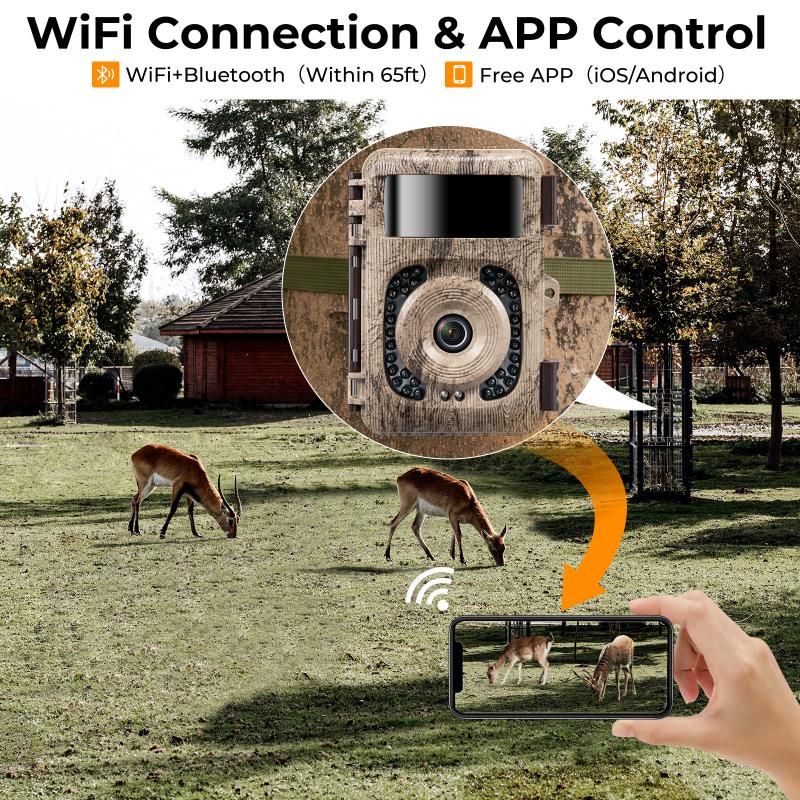
Product features:
1. High-Quality Image Sensor: A long-range wireless trail camera should have a high-quality image sensor that can capture clear and detailed images even from a distance. A high-resolution sensor with advanced image processing capabilities can ensure that the camera captures sharp and vibrant images, even in low light conditions.
2. Long-Range Wireless Connectivity: The camera should have long-range wireless connectivity capabilities that allow it to transmit images and videos over long distances. This feature is essential for trail cameras that are placed in remote locations, where it may not be possible to retrieve the camera's memory card frequently.
3. Durable and Weatherproof Design: A long-range wireless trail camera should be designed to withstand harsh weather conditions and rugged terrain. The camera should be built with durable materials that can withstand extreme temperatures, rain, and snow. A weatherproof design can ensure that the camera continues to function optimally, even in challenging environments.
4. Motion Detection and Trigger Speed: The camera should have a fast trigger speed and motion detection capabilities that can capture images of fast-moving animals. A quick trigger speed can ensure that the camera captures images of animals before they move out of the camera's field of view.
5. Long Battery Life: A long-range wireless trail camera should have a long battery life that can last for several weeks or months. This feature is essential for cameras that are placed in remote locations, where it may not be possible to replace the batteries frequently. A long battery life can ensure that the camera continues to function optimally, even in areas with limited access to power sources.

Product Advantages:
1. Remote Monitoring: A long-range wireless trail camera allows for remote monitoring of wildlife or other outdoor activities. This means that users can view images and videos captured by the camera from a distance, without having to physically visit the camera location. This is particularly useful for wildlife researchers, hunters, and outdoor enthusiasts who want to keep an eye on their property or observe wildlife without disturbing them.
2. Easy Installation: Long-range wireless trail cameras are easy to install and set up. They do not require any wiring or complicated installation procedures, which makes them ideal for use in remote locations. Users can simply mount the camera on a tree or other surface, and connect it to a wireless network using a cellular or Wi-Fi connection.
3. High-Quality Images: Long-range wireless trail cameras are designed to capture high-quality images and videos, even in low-light conditions. They are equipped with advanced sensors and lenses that can capture clear and detailed images of wildlife and other outdoor activities. This makes them ideal for use in scientific research, wildlife management, and outdoor recreation.
4. Cost-Effective: Long-range wireless trail cameras are a cost-effective solution for monitoring wildlife and other outdoor activities. They are less expensive than traditional surveillance cameras and do not require any additional equipment or infrastructure. This makes them an ideal choice for individuals and organizations with limited budgets who want to monitor wildlife or other outdoor activities.
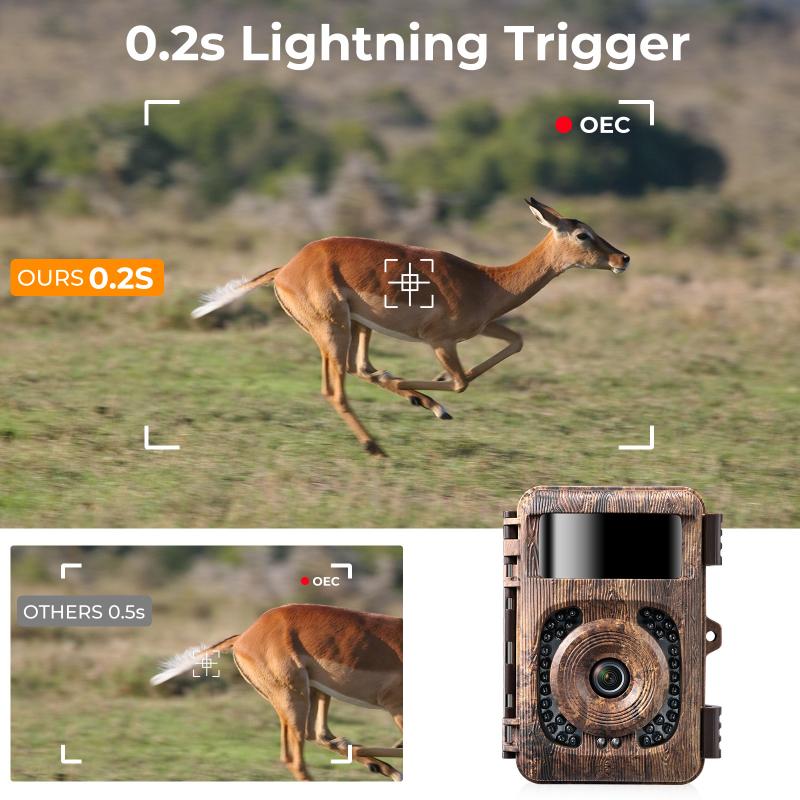
Maintenance:
1. Regularly check the battery life: Since long-range wireless trail cameras are often placed in remote locations, it is important to regularly check the battery life to ensure that the camera is functioning properly. This can be done by either physically checking the camera or by using the camera's wireless capabilities to check the battery life remotely.
2. Clean the lens: Dirt and debris can accumulate on the lens of the camera, which can affect the quality of the images captured. It is important to regularly clean the lens to ensure that the camera is capturing clear and crisp images.
3. Check the wireless connection: Since long-range wireless trail cameras rely on a wireless connection to transmit images, it is important to regularly check the connection to ensure that it is functioning properly. This can be done by checking the signal strength and ensuring that the camera is properly connected to the network.
4. Update the firmware: Manufacturers often release firmware updates for their cameras, which can improve performance and fix bugs. It is important to regularly check for firmware updates and install them as needed.
5. Protect the camera from the elements: Long-range wireless trail cameras are often placed in remote locations where they are exposed to the elements. It is important to protect the camera from rain, snow, and extreme temperatures to ensure that it continues to function properly.
6. Perform regular maintenance: Regular maintenance, such as checking the camera's settings and cleaning the battery contacts, can help ensure that the camera continues to function properly and capture high-quality images.
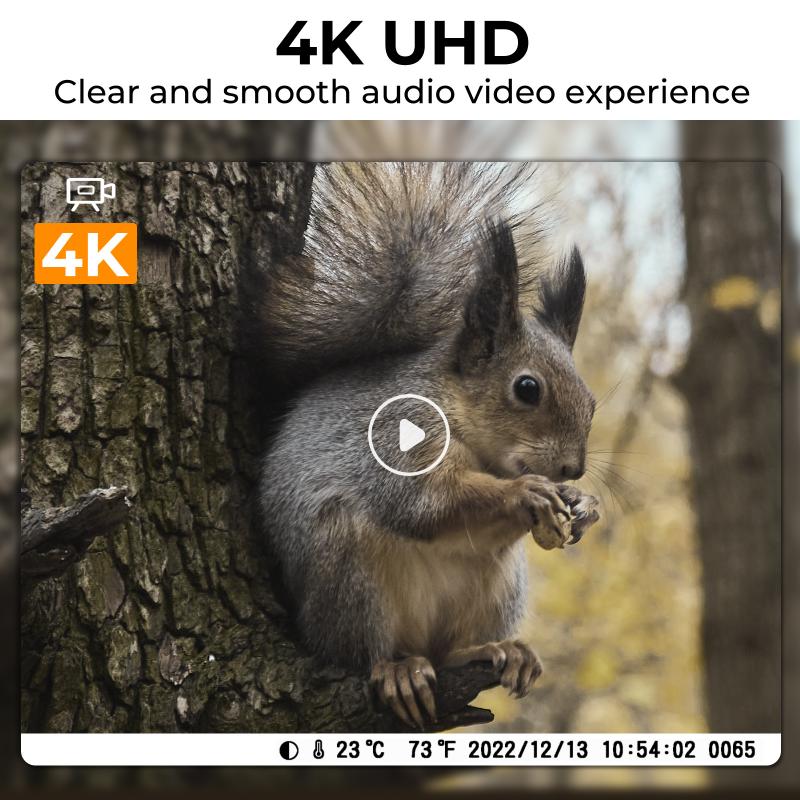
Application Scenarios:
1. Wildlife Monitoring: A long-range wireless trail camera can be used to monitor wildlife in remote areas. The camera can be set up in a location where it is difficult to access and can transmit images and videos wirelessly to a remote location. This can be useful for researchers, conservationists, and hunters who want to monitor animal behavior and movements.
2. Home Security: A long-range wireless trail camera can also be used for home security. The camera can be set up in a location that is difficult to access, such as a backyard or a remote corner of the property. The camera can transmit images and videos wirelessly to a remote location, allowing homeowners to monitor their property from a distance.
3. Farm Monitoring: A long-range wireless trail camera can be used to monitor crops and livestock on a farm. The camera can be set up in a location where it is difficult to access and can transmit images and videos wirelessly to a remote location. This can be useful for farmers who want to monitor their crops and livestock without having to physically check on them.
4. Construction Site Monitoring: A long-range wireless trail camera can be used to monitor construction sites. The camera can be set up in a location where it is difficult to access and can transmit images and videos wirelessly to a remote location. This can be useful for construction managers who want to monitor the progress of a project and ensure that workers are following safety protocols.
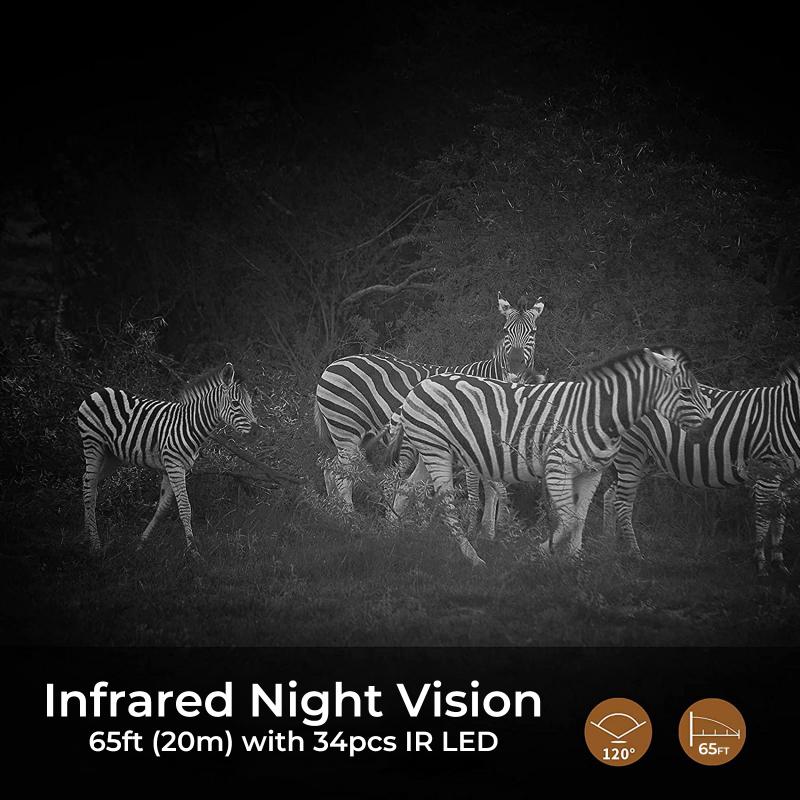
Product parameters:
Sleep current : about 0.20mA
Operating temperature : -20 - 60°C
WIFI distance : 20 meters outside
Interface : USB; TF memory card socket
Loop recording : Support
Fill light irradiation distance : 65ft/20m
Trigger photo speed : 0.2 seconds
Net weight : 727g
Dust and waterproof rating : IP66
PIR sensing angle : 120 degrees
- All Reviews
- Image

